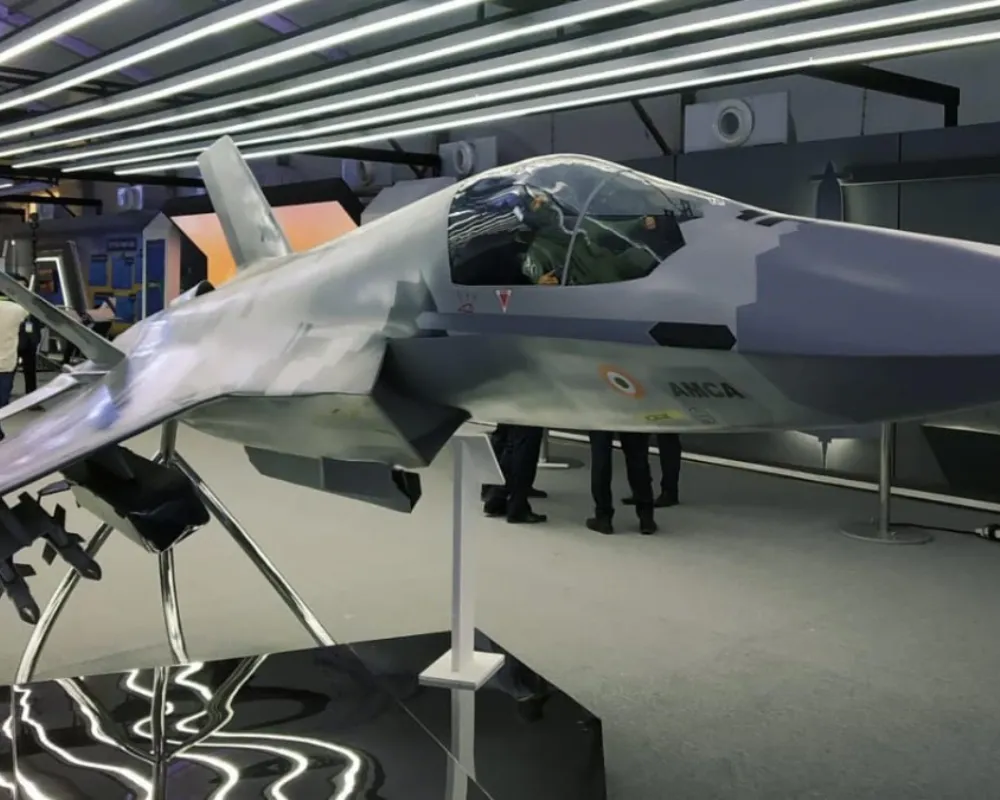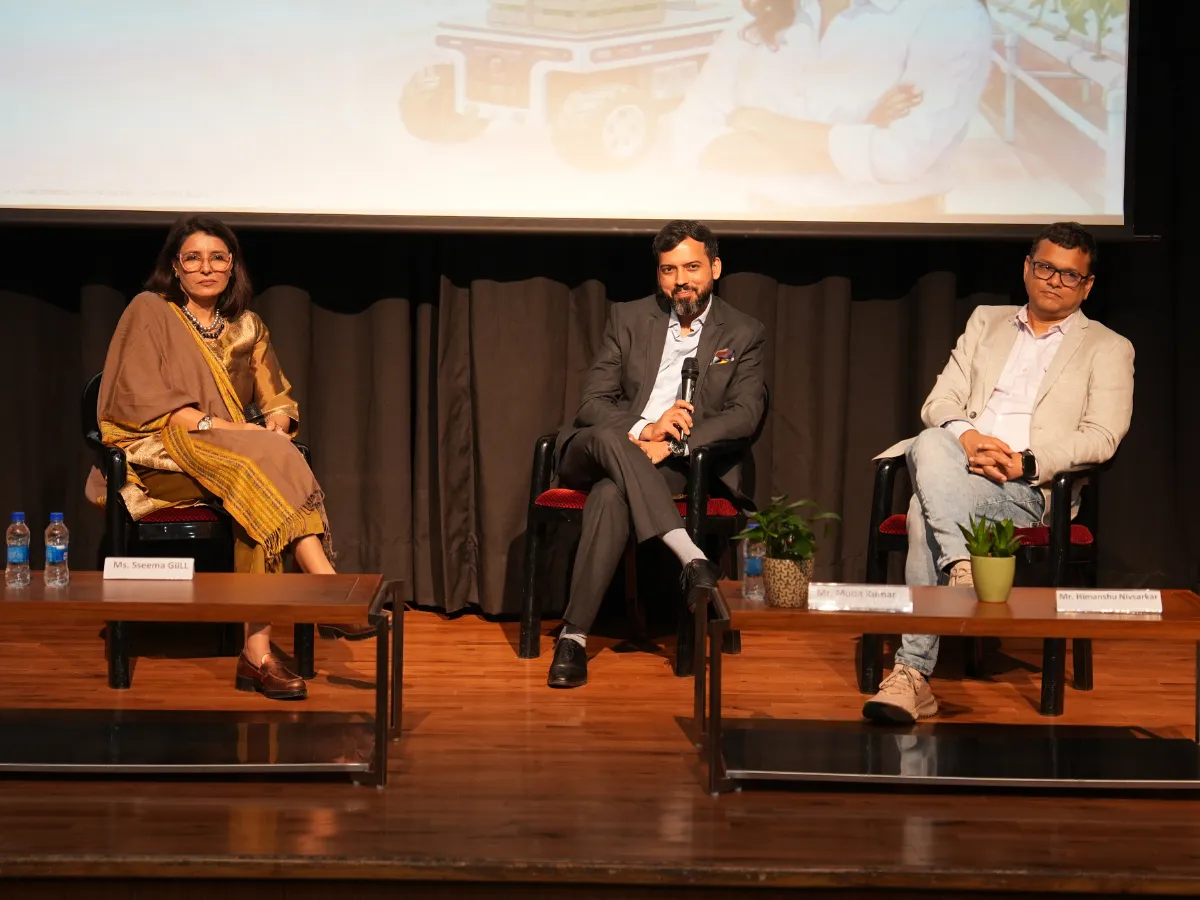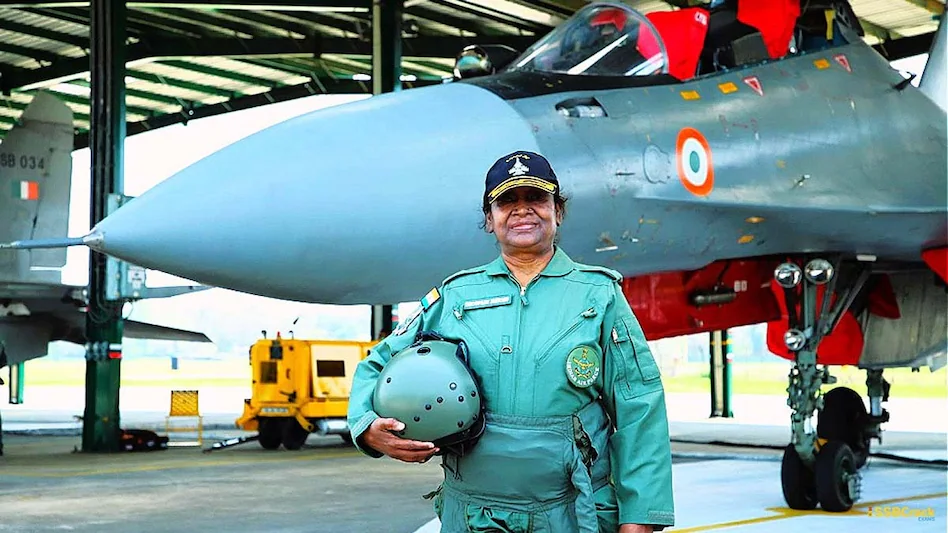India is in a critical hunt for a powerful engine for its AMCA stealth fighter. GE, Safran, and Rolls-Royce are top contenders, while Japan has also offered its advanced IHI XF9-1.
 Vinayak Singh
Vinayak Singh

India's ambitious Advanced Medium Combat Aircraft (AMCA) program, aimed at developing a 5.5-generation stealth fighter, is at a pivotal juncture as the nation intensifies its search for a powerful and reliable engine. The success of the AMCA, a cornerstone of India's indigenous defense modernization, hinges on securing a suitable engine with cutting-edge technology, ideally with significant transfer of technology (ToT) and full intellectual property rights (IPR).
The AMCA is envisioned as a twin-engine, multi-role stealth aircraft with supercruise capability (sustained supersonic flight without afterburners), advanced avionics, and internal weapons carriage. While the initial AMCA Mk1 variant is expected to be powered by the General Electric (GE) F414 engine (in the 98 kN thrust class), the more advanced AMCA Mk2 will require a higher thrust engine, in the 110-130 kN class, to truly achieve its 5.5-generation capabilities.
The Gas Turbine Research Establishment (GTRE), under the Defence Research and Development Organisation (DRDO), is evaluating proposals from several global aerospace giants.
Three major international players have been at the forefront of discussions for co-developing the AMCA's next-generation engine:
GTRE's recommendation will hinge on factors like the extent of ToT, IPR ownership, technical feasibility, and strategic alignment with India's "Aatmanirbhar Bharat" (self-reliant India) initiative.
In a significant development, Japan has officially entered the high-stakes engine competition, offering its advanced IHI XF9-1 turbofan engine for co-development and local production. This move signals a strategic pivot in Japan's defense technology transfer policies and strengthens Indo-Pacific security cooperation.
The IHI XF9-1, developed by IHI Corporation and Japan's Acquisition, Technology & Logistics Agency (ATLA), is one of the most advanced low-bypass afterburning turbofan engines globally, originally designed for Japan's indigenous F-X (F-3) stealth fighter program.
Key features of the Japanese offer:
The entry of Japan with a formidable technical offer intensifies the competition, providing India with a wider array of options to consider for its critical AMCA program.
India's decision on the AMCA engine partner is crucial not only for the fighter jet's performance but also for the nation's long-term goal of achieving self-sufficiency in aero-engine design and manufacturing – a domain where it has historically faced challenges, as evidenced by the setbacks of the indigenous Kaveri engine program.
The Indian government's commitment, including approving an initial budget for five AMCA prototypes with a first flight expected by 2028 and serial production by 2035, underscores the urgency. The final selection will likely be a strategic choice balancing technological superiority, the extent of genuine technology transfer, IPR ownership, and geopolitical alignment, ensuring that the AMCA becomes a truly advanced and indigenously sustainable combat platform for the Indian Air Force.






Sign up for the Daily newsletter to get your biggest stories, handpicked for you each day.
 Trending Now! in last 24hrs
Trending Now! in last 24hrs



